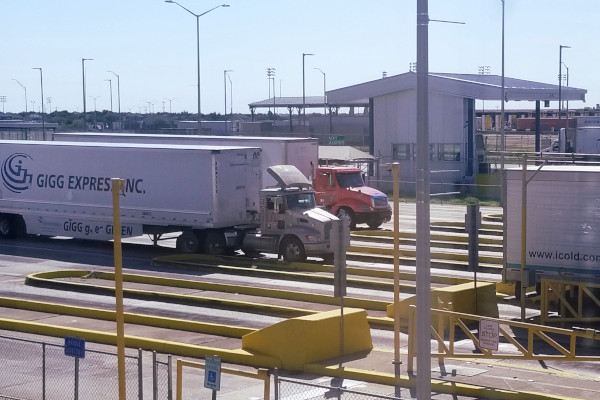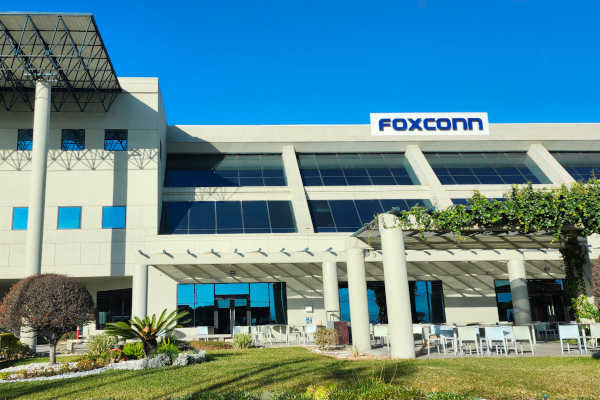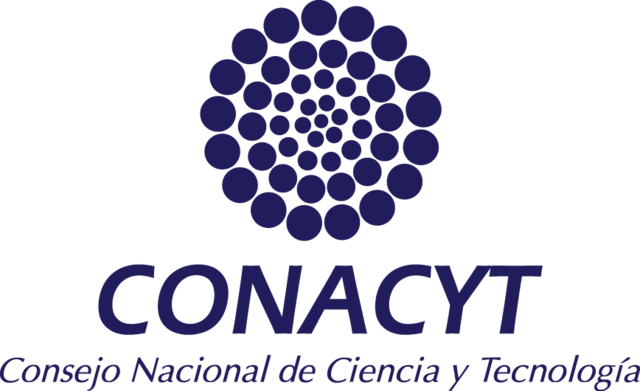
The Astonishing Port of Laredo
Laredo is the largest U.S. land port. More than 14,000 trucks per day cross the border at Laredo.
I visited Laredo in October to see for myself. Jacob, one of our interns from the Reshoring Institute, came with me to assist with our research on cross-border commerce and the massive shift to nearshoring manufacturing. What we discovered was jaw-dropping volumes, advanced technology, community college education in trade compliance, and a welcoming business environment.



